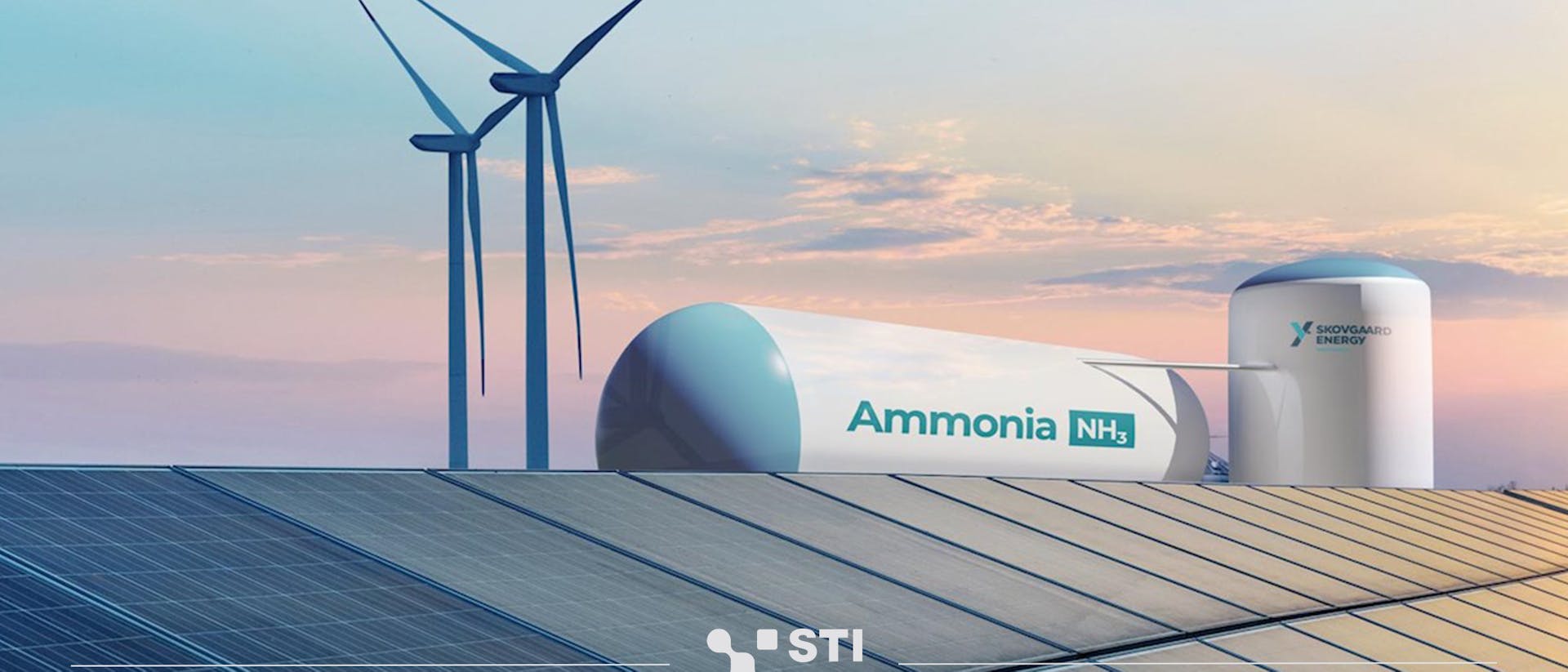Developing Sustainable Solutions using Ammonia-Powered Engines

An internal combustion engine powered by ammonia is becoming more and more popular in the automotive industry. Because it investigates different propulsion strategies without totally giving up on conventional Internal Combustion Engine (ICE) systems or switching to Battery Electric Vehicles (BEVs), this creative approach is garnering interest.
The sovereign wealth fund GIC of Singapore and the energy behemoth Petroliam Nasional (Petronas) of Malaysia will support an initiative to create five million tonnes of green ammonia annually in India by 2030.
Systems for Internal Combustion Engines (ICEs):
- Definition and Operation: In order to provide power, conventional engines that burn fossil fuels like gasoline or diesel are used in ICE systems. The vehicle is propelled forward by an explosion caused by the fuel-air mixture igniting.
-
Applications: These systems are frequently used to power the wheels of a variety of vehicles, such as cars, lorries, and motorbikes, using combustion-driven mechanisms.
- Environmental Impact: The release of exhaust gasses by internal combustion engines (ICE) leads to air pollution and greenhouse gas emissions, hence raising concerns about the sustainability of the environment.
Vehicles powered by batteries (BEVs):
- Definition and electricity Source: BEVs are fully electric cars that run on rechargeable batteries that supply electricity to an electric motor. Grid energy is required to charge these batteries.
- Battery Electric vehicles (BEVs) are an environmentally friendly and cleaner alternative to conventional cars since they run on electricity, which can be obtained from a variety of sources, including renewable energy sources.
- Emission Reduction: Since BEVs have no tailpipe emissions, they are environmentally benign and have a major positive impact on lowering air pollution.
Principal Uses for Ammonia:
- Farming:
Ammonia is essential for the synthesis of fertilizers based on ammonia, such as urea and ammonium nitrate, which are essential for crop growth.
- Chemical Sector:
It is an essential component in the synthesis of molecules that include ammonium sulfate, nitric acid, and other nitrogen-based chemicals. Ammonia is also utilized in the production of nylon and other synthetic textiles.
- Household and Manufacturing:
It serves as a refrigerant in air conditioning and refrigeration systems in industrial environments. It is also used as a pH regulator in dyeing operations and in the production of dyes. In addition, it is a component of cleaning solutions for the home.
Benefits of Ammonia Fuel Utilization:
- High Energy Density: Ammonia has an energy density that is nine times higher than lithium-ion batteries and three times higher than compressed hydrogen, making it a good option for long-term use.
- Low Carbon Emissions: Ammonia is environmentally beneficial, especially when compared to fossil fuels, as it has the capacity to emit almost no carbon dioxide when burned.
- By serving as a transitional fuel and lowering dependency on conventional fossil fuels, bridge fuel can improve energy security and diversify the energy mix.
The following are some difficulties while using ammonia as fuel:
- Environmental Impact: Modern ammonia engines generate pollutants, such as unburned ammonia and nitrogen oxides, posing a risk to the environment and human health even if they produce little CO2.
- Production Difficulties: Conventional methods of producing ammonia are dependent on fossil fuels and need a lot of energy. Green ammonia manufacturing with renewable energy encounters scalability and affordability challenges.
- Ammonia poses a significant risk to human health and the environment due to its high toxicity and corrosive nature, which should be treated with caution. Mistakes or accidents could have dire repercussions.
- Fuel Quality Standards: Determining uniform standards for ammonia's quality as a fuel is difficult, particularly when taking into account variances in the sources of production and levels of impurities.
The Path Forward
- Research & Development: To create ammonia engines that are both extremely efficient and environmentally friendly, research expenditures are crucial. This entails optimizing the combustion process and developing engines that can run on ammonia fuel with the least amount of emissions (NOx). The feasibility of ammonia as a fuel source can be increased by these useful advancements in engine design.
- Safety Training: It is imperative that everyone employed in the ammonia sector get thorough training. Ammonia toxicity can be greatly reduced by following safety rules, being properly trained in handling techniques, and being aware of emergency reaction methods.
- Market Incentives: The introduction of market incentives, such tax breaks or subsidies, might encourage the use of ammonia as a fuel, especially in industries like sea transportation where its application could have a significant positive impact. Businesses and industries may be encouraged to switch to ammonia-based systems by these incentives.
- Ammonia Hybrids: It's a good idea to create hybrid systems that combine ammonia with other renewable energy sources, such as wind and solar energy. Ammonia can be used as fuel when the production of renewable energy is limited, guaranteeing a steady and dependable source of energy while advancing sustainability.
